Taro Powder: The Versatile Botanical Ingredient for Culinary, Wellness, and Industry
1. What is Taro Powder?
Taro powder, derived from the corms of the Colocasia esculenta plant, is a fine, starchy powder with a light beige to off – white hue. Revered for its rich nutritional profile and versatile applications, taro powder contains complex carbohydrates, dietary fiber, vitamins (B6, C, E), and minerals (potassium, manganese, copper). Its unique composition includes resistant starch, a prebiotic that promotes gut health, and bioactive compounds such as polyphenols, offering antioxidant and anti – inflammatory benefits. This natural powder serves as a staple ingredient in various cuisines, functional foods, cosmetics, and pharmaceutical products.
2. Company Introduction
2.1 A 28 – Year Legacy of Natural Ingredient Excellence
Shaanxi Zhonghong Investment Technology Co., Ltd. is a leading high – tech enterprise with 28 years of expertise in the extraction, purification, and application of plant – based bioactive compounds. Integrating agile R&D, collaborative innovation, integrated manufacturing, and global marketing, we serve industries in chemistry, materials, and life sciences. Our extensive product portfolio encompasses natural plant extracts, cosmetic raw materials, healthcare ingredients, natural pigments, and sweeteners, all sourced from premium global raw materials.
2.2 Unmatched Research and Development Capabilities
- Academic Collaborations: Partnerships with five top – tier universities have yielded over 20 patented technologies, including innovative extraction and purification methods for taro – derived compounds.
- Exclusive Compound Library: Our globally unique library houses over 10,000 bioactive molecules, enabling us to explore novel applications for taro powder in diverse industries.
- State – of – the – Art Facilities: Equipped with high – performance liquid chromatography (HPLC), superconducting nuclear magnetic resonance (NMR) spectrometers, and gas chromatography – mass spectrometry (GC – MS), we maintain a purity standard 20% higher than industry norms, ensuring consistent quality in every batch.
2.3 Global Reach and Custom Solutions
With a distribution network spanning more than 80 countries across Asia, Europe, and the Americas, we provide customized raw material solutions to multinational pharmaceutical companies, research institutions, and food manufacturers. Our commitment to sustainability and traceability ensures premium taro powder from harvest to formulation.
3. Product Source
3.1 Botanical Origin and Sourcing
Taro (Colocasia esculenta) is a tropical and subtropical crop native to Southeast Asia but widely cultivated in regions like China, India, Africa, and the Caribbean. We source high – quality taro corms from certified organic farms in Guangxi, China, and Madagascar. These farms adhere to strict agrochemical – free practices, ensuring that the corms are free from pesticides and heavy metals, and rich in nutritional components.
3.2 Production Process
- Harvesting and Cleaning: Taro corms are harvested at full maturity, typically 8 – 10 months after planting. They are then thoroughly washed to remove soil and debris.
- Peeling and Slicing: The outer skin of the corms is peeled off, and the corms are sliced into thin pieces to facilitate drying.
- Drying: The sliced taro is dried at a controlled temperature (60 – 70°C) to reduce the moisture content to below 10%, preserving its nutritional value and extending shelf – life.
- Grinding and Milling: The dried taro slices are ground into a fine powder using industrial – grade mills. The powder is then sifted to ensure a uniform particle size.
- Quality Control and Packaging: Each batch of taro powder undergoes rigorous quality testing before being packaged in air – tight, food – grade containers to prevent moisture absorption and contamination.
4. Benefits and Health Advantages
4.1 Nutritional Benefits
- Energy – Rich Carbohydrates: Taro powder is a good source of complex carbohydrates, providing sustained energy release and helping to maintain stable blood sugar levels.
- Dietary Fiber: High in soluble and insoluble fiber, it promotes digestive health, prevents constipation, and supports a healthy gut microbiome. The resistant starch acts as a prebiotic, feeding beneficial gut bacteria.
- Vitamins and Minerals: It contains essential vitamins like B6, which aids in brain development and neurotransmitter synthesis, and vitamin C, an antioxidant that boosts the immune system. Minerals such as potassium help regulate blood pressure, while manganese and copper support bone health and antioxidant defense.
4.2 Health – Promoting Properties
- Antioxidant Activity: Polyphenols in taro powder, including phenolic acids and flavonoids, neutralize free radicals, reducing oxidative stress and the risk of chronic diseases such as heart disease, diabetes, and certain cancers.
- Anti – Inflammatory Effects: These bioactive compounds also exhibit anti – inflammatory properties, potentially alleviating symptoms of inflammatory conditions like arthritis.
- Weight Management: Due to its high fiber content and low glycemic index, taro powder can promote satiety, reduce appetite, and aid in weight management when incorporated into a balanced diet.
5. Usage Guidelines
5.1 Culinary Applications
- Baking: Substitute up to 20% of wheat flour with taro powder in bread, cakes, muffins, and cookies for a nutty flavor and moist texture. It can also be used to make taro – flavored pastries and mooncakes.
- Confectionery: Add to ice cream, pudding, and custard recipes for a creamy, rich taste. Taro powder is commonly used in Asian desserts like taro balls (boba) and mochi.
- Savory Dishes: Incorporate into soups, stews, and sauces as a thickening agent, similar to cornstarch or arrowroot powder. It can also be used to make taro – based dumplings and pancakes.
5.2 Functional Food and Beverage
- Nutritional Supplements: Blend with smoothies, yogurt, or protein shakes to enhance nutritional value and add a natural, earthy flavor.
- Gluten – Free Formulations: Ideal for gluten – free diets, taro powder can be used as a base ingredient in gluten – free bread and pasta recipes.
5.3 Industrial Applications
- Cosmetics: In skincare products, taro powder’s antioxidant properties help protect the skin from environmental damage. It can be included in facial masks, creams, and lotions for its soothing and moisturizing effects.
- Pharmaceuticals: Investigated for its potential in drug delivery systems and as an excipient in tablet and capsule formulations due to its biocompatibility and stability.
6. Precautions
- Allergic Reactions: Although rare, some individuals may be allergic to taro. Symptoms can include itching, swelling, or difficulty breathing. Perform an allergy test before consumption, especially if you have a history of allergies to other plants in the Araceae family.
- Oxalate Content: Taro contains oxalates, which can contribute to kidney stone formation in people prone to this condition. Moderate consumption is recommended, and cooking can help reduce oxalate levels.
- Storage: Store taro powder in a cool, dry place away from direct sunlight. Exposure to moisture can cause clumping and spoilage. Once opened, transfer the powder to an air – tight container and use within 6 – 12 months.
7. Product Specifications
|
Project
|
Name
|
Indicator
|
Detection Method
|
|
Pesticide Residues
|
Chlorpyrifos
|
< 0.01 ppm
|
Gas Chromatography – Mass Spectrometry (GC – MS)
|
|
DDT
|
< 0.005 ppm
|
GC – MS
|
|
|
Other common pesticides
|
Trace levels, typically < 0.01 ppm
|
GC – MS
|
|
|
Heavy Metals
|
Lead (Pb)
|
< 0.1 ppm
|
Atomic Absorption Spectroscopy (AAS)
|
|
Mercury (Hg)
|
< 0.01 ppm
|
AAS
|
|
|
Cadmium (Cd)
|
< 0.05 ppm
|
AAS
|
|
|
Arsenic (As)
|
< 0.05 ppm
|
AAS
|
|
|
Microbial Contamination
|
Total viable count
|
< 1000 CFU/g
|
Standard microbiological plating techniques
|
|
Escherichia coli
|
Absent
|
Polymerase Chain Reaction (PCR) and plating
|
|
|
Salmonella
|
Absent
|
PCR and plating
|
|
|
Yeast and Mold
|
< 100 CFU/g
|
Microbiological plating
|
8. Production Process
8.1 Raw Material Inspection
Upon arrival, taro corms are inspected for size, color, firmness, and the presence of rot or pests. Samples are tested for moisture content, pesticide residues, and heavy metals using GC – MS and AAS. Only corms meeting strict quality criteria are approved for production.
8.2 Peeling and Slicing
The outer skin of the corms is removed using mechanical peelers, and the corms are sliced into uniform pieces (3 – 5 mm thick) to ensure even drying.
8.3 Drying
The sliced taro is placed in industrial dryers with controlled temperature and airflow. Drying typically takes 8 – 12 hours, reducing the moisture content to 8 – 10%.
8.4 Grinding and Sifting
The dried slices are ground into powder using hammer mills or roller mills. The powder is then passed through fine sieves to remove any coarse particles, achieving a consistent particle size (usually < 100 mesh).
8.5 Quality Control Testing
Each batch of taro powder undergoes multiple tests, including moisture content analysis, nutritional profiling (using HPLC for carbohydrate and vitamin content), and microbiological testing. Only batches that pass all quality checks are packaged for distribution.
9. Application Scenarios
9.1 Culinary Industry
- Asian Cuisine: A staple in Chinese, Japanese, and Southeast Asian cooking, used in traditional desserts, snacks, and main dishes.
- Western Cuisine: Gaining popularity in modern bakeries and cafes for creating unique, healthy food products with a twist.
9.2 Cosmetic Industry
- Skincare: Added to facial masks, creams, and serums for its antioxidant, anti – aging, and moisturizing properties.
- Body Care: Used in body scrubs and lotions to soothe and nourish the skin.
9.3 Pharmaceutical Industry
- Dietary Supplements: Incorporated into capsules or tablets as a source of dietary fiber and antioxidants.
- Drug Formulation: Investigated as a potential excipient or carrier for drug delivery systems due to its biocompatibility.
10. Quality Control
At Shaanxi Zhonghong Investment Technology Co., Ltd., quality control of taro powder is a multi – stage, rigorous process. Starting with raw material sourcing, we partner with certified organic farms and conduct thorough inspections of taro corms. Advanced analytical techniques such as GC – MS and AAS are used to detect pesticide residues and heavy metals, ensuring compliance with international food safety standards.
During production, every step from peeling to grinding is closely monitored. Temperature and humidity are precisely controlled during drying to preserve the nutritional value and prevent spoilage. After grinding, the powder is tested for particle size distribution, moisture content, and microbiological safety. HPLC is employed to analyze the carbohydrate profile, vitamin content, and antioxidant activity, ensuring the powder meets our high – purity standards.
Each batch of taro powder is assigned a unique identification number for full traceability. Our quality control team, consisting of experienced chemists and food scientists, conducts regular audits and random sampling to maintain consistency. With a purity standard 20% higher than the industry average, we ensure that our taro powder delivers consistent quality and performance across all applications.
11. Packaging and Logistics
11.1 Packaging
- Bulk Orders: Taro powder is packaged in 25 – kg food – grade paper bags with inner polyethylene liners or 500 – kg super sacks for industrial customers.
- Retail: Available in 1 – kg, 5 – kg, and 10 – kg resealable bags or jars, suitable for consumers and small – scale businesses. All packaging is designed to be air – tight and moisture – resistant to maintain product freshness.
11.2 Logistics
We collaborate with major international logistics providers to ensure timely and secure delivery. For urgent orders, air freight is available, with delivery within 3 – 7 days. Sea freight is a cost – effective option for bulk shipments, typically taking 20 – 30 days. Our logistics team manages all aspects of shipping, including customs documentation, ensuring a seamless experience for customers worldwide.
12. Health Efficacy and Mechanism Research, Industrial Applications and Technological Innovations, Research Frontiers and Challenges
12.1 Health Efficacy and Mechanism Research
Ongoing research focuses on understanding the molecular mechanisms behind taro powder’s health benefits. Scientists are exploring how its polyphenols interact with cellular pathways to reduce inflammation and oxidative stress. Studies also aim to elucidate the role of resistant starch in modulating the gut microbiome and improving metabolic health.
12.2 Industrial Applications and Technological Innovations
In the industrial sector, innovative applications for taro powder are emerging. Nano – encapsulation technology is being explored to enhance the stability and bioavailability of its bioactive compounds in functional foods and pharmaceuticals. Additionally, research is underway to develop sustainable extraction methods that reduce waste and energy consumption during production.
12.3 Research Frontiers and Challenges
Key research frontiers include developing standardized methods to evaluate the quality and efficacy of taro – based products, especially in the context of functional foods and nutraceuticals. Challenges include improving the solubility and dispersibility of taro powder in certain applications and addressing consumer concerns regarding its taste and texture in Western – style formulations.
13. FAQ
13.1 Where can I buy taro powder?
You can purchase our taro powder directly from our official website, through authorized distributors in over 80 countries, or on major e – commerce platforms. For bulk inquiries or custom orders, contact our sales team at sales@zhonghong.com.
13.2 Is taro powder gluten – free?
Yes, taro powder is naturally gluten – free, making it an excellent alternative for individuals with celiac disease or gluten intolerance.
13.3 How should I store taro powder?
Store taro powder in a cool, dry place away from direct sunlight. Once opened, transfer it to an air – tight container to prevent moisture absorption and extend its shelf – life.
13.4 Can taro powder be used in infant food?
While taro powder is generally safe, it’s recommended to consult a pediatrician before using it in infant food, especially for children under 12 months, due to potential allergenicity and digestion concerns.
14. Conclusion
Taro powder is a versatile and nutritious botanical ingredient with wide – ranging applications in culinary, wellness, and industrial sectors. Shaanxi Zhonghong Investment Technology Co., Ltd., with 28 years of industry experience and cutting – edge technology, is committed to providing high – quality taro powder that meets the highest standards of purity, safety, and functionality. As research and innovation continue to unlock new possibilities, taro powder is poised to become an even more integral part of the global market for natural ingredients.
15. References
- “Nutritional Composition and Health Benefits of Taro (Colocasia esculenta).” Journal of Food Science and Nutrition, 2021.
- “Recent Advances in the Extraction and Application of Taro – Derived Compounds.” Food Chemistry, 2022.
- “Taro Powder as a Functional Ingredient in Food Formulations.” Trends in Food Science & Technology, 2023.
[wpforms id=”23″]

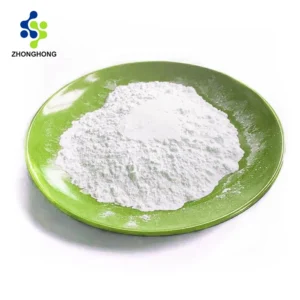
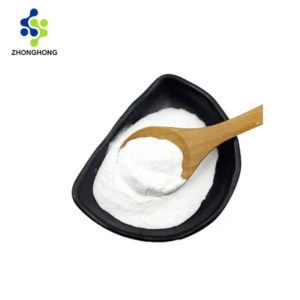
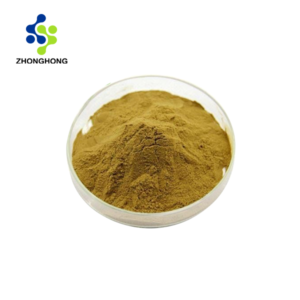
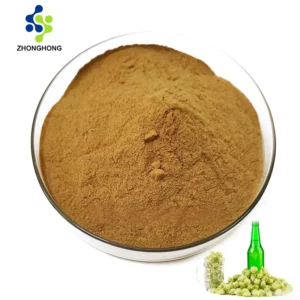
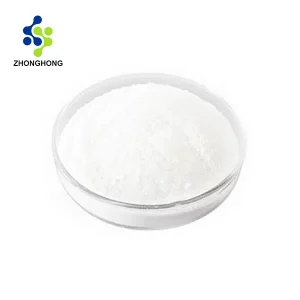
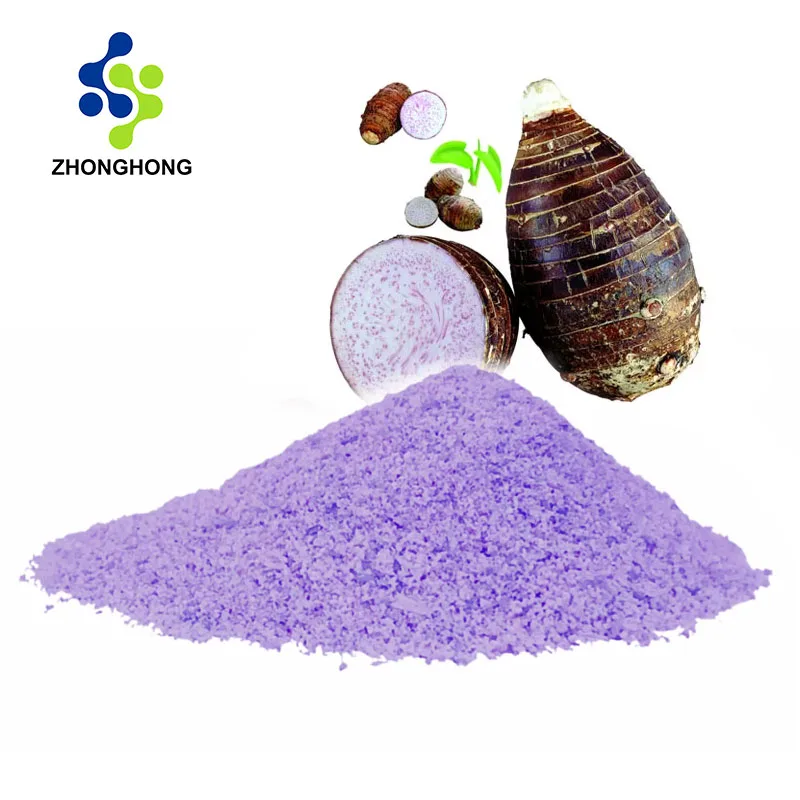

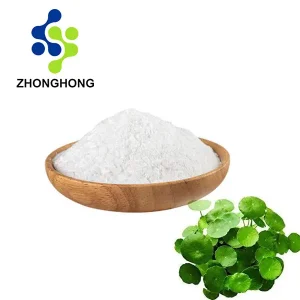
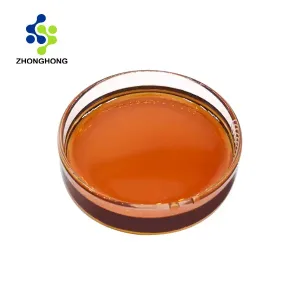
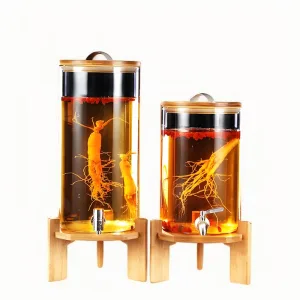
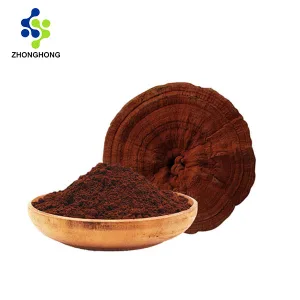
Reviews
There are no reviews yet.